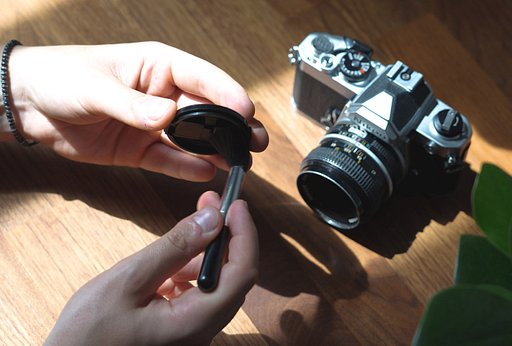Tipster: Playing With Fire And Burning Your Negatives
4 15 Share TweetIn our quest to try and experiment with as many analogue alterations as possible, we could not possibly leave out the use of fire. A staple of negative manipulation, burning is a delicate and highly rewarding technique.
Disclaimer
As for other experimental challenges that we have illustrated before, this tipster requires you to be extra vigilant, and handle everything with care. Make sure you're working in a ventilated area as fumes from plastic are toxic. Use a sink to work in so that in case of unexpected flames, you can easily turn the water on and contain the spread of fire. And of course make sure to protect yourself. Be extremely careful not to burn your hands.
How To
We tried to control our flames, slowly passing our negative over a candle with circumcentre movements. To add an extra layer of texture we pinched the emulsion between our fingers and that left a mark on the still sensitive image.
With other frames, we left the flame on the negative until small bubbles formed, and cracked the plastic nitrogelatin. Plastic, when in contact with flames, will wrinkle and crack. It is up to you to decide how much destruction you wish to have on your frames. The more you allow the flames to eat the film, the more the waves and cracks will affect the image.
Scanning
There are two ways that you can digitize your negative. If the frame is still straight enough, the DigitaLIZA 35 mm Scanning Mask can be an effective solution to scan, edit and post-produce the selected frames. The mask will help keep the negatives steady when focusing while taking pictures of your negatives, making the post production process faster. If you wish to show more of the frames, a classic light board will serve the purpose.
We really liked this technique as it can give an enchanting texture to your images and add a layer of uniqueness. The cracks, the bubbles, and the fingerprints allow the part of a photograph that usually gets forgotten, to evolve from its basic function and become part of a three dimensional object with its own value.
What is your favorite negative alteration technique? Share your experiment with us by commenting below.
written by eparrino on 2022-11-29 #tutorials #tipster #digitaliza #analogue-manipulation #analogue-alteration #negative-distruction





























4 Comments